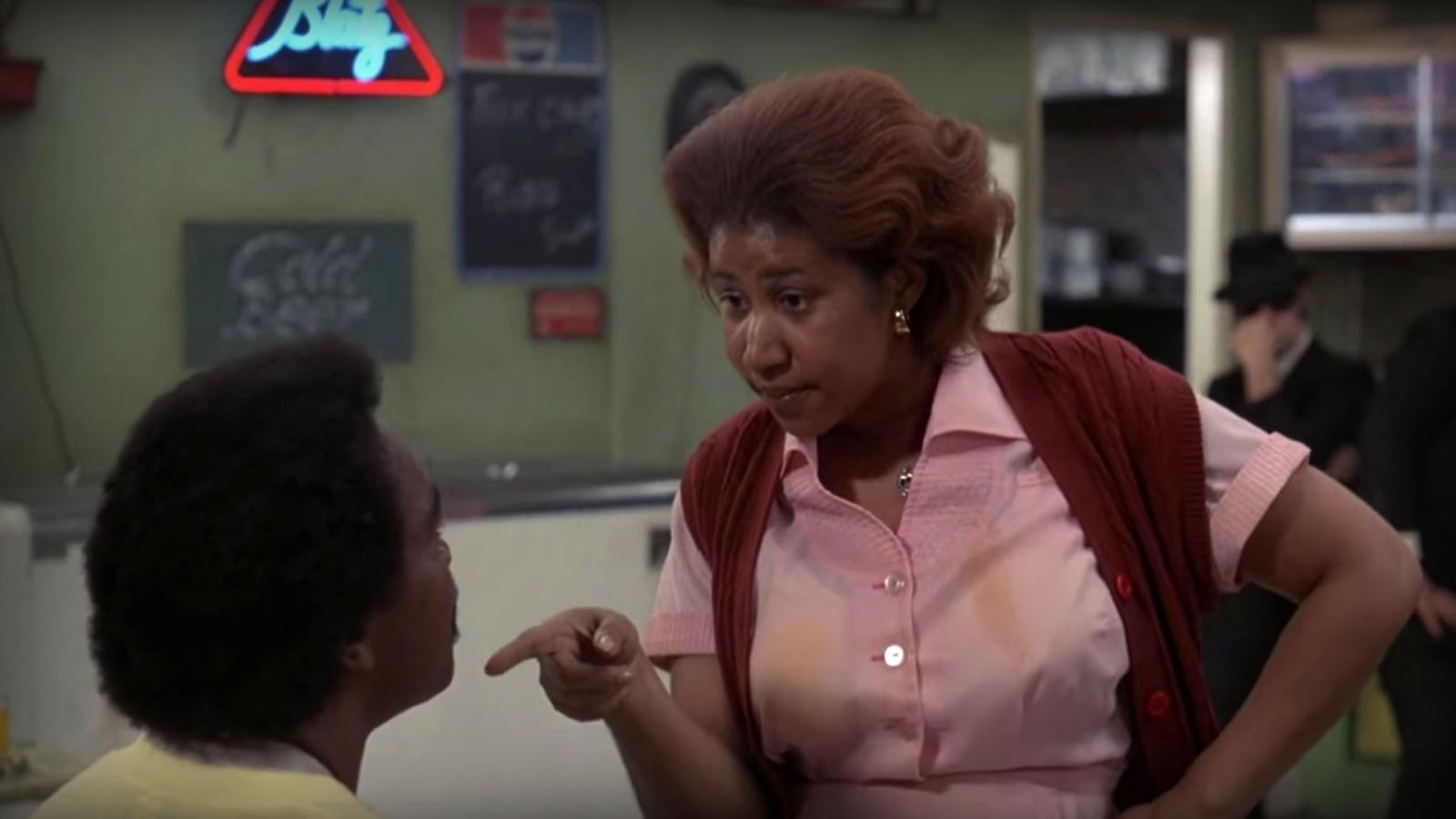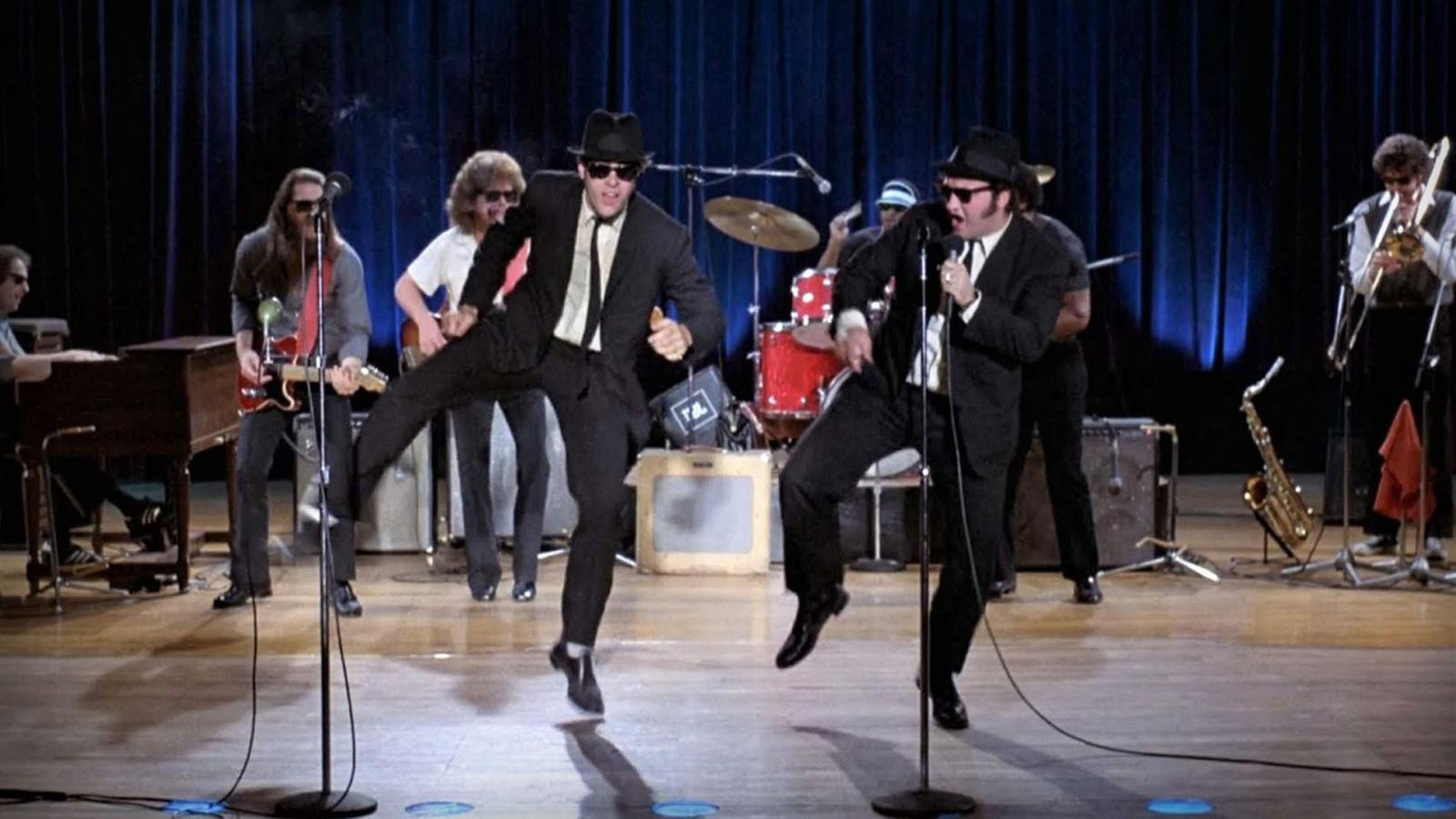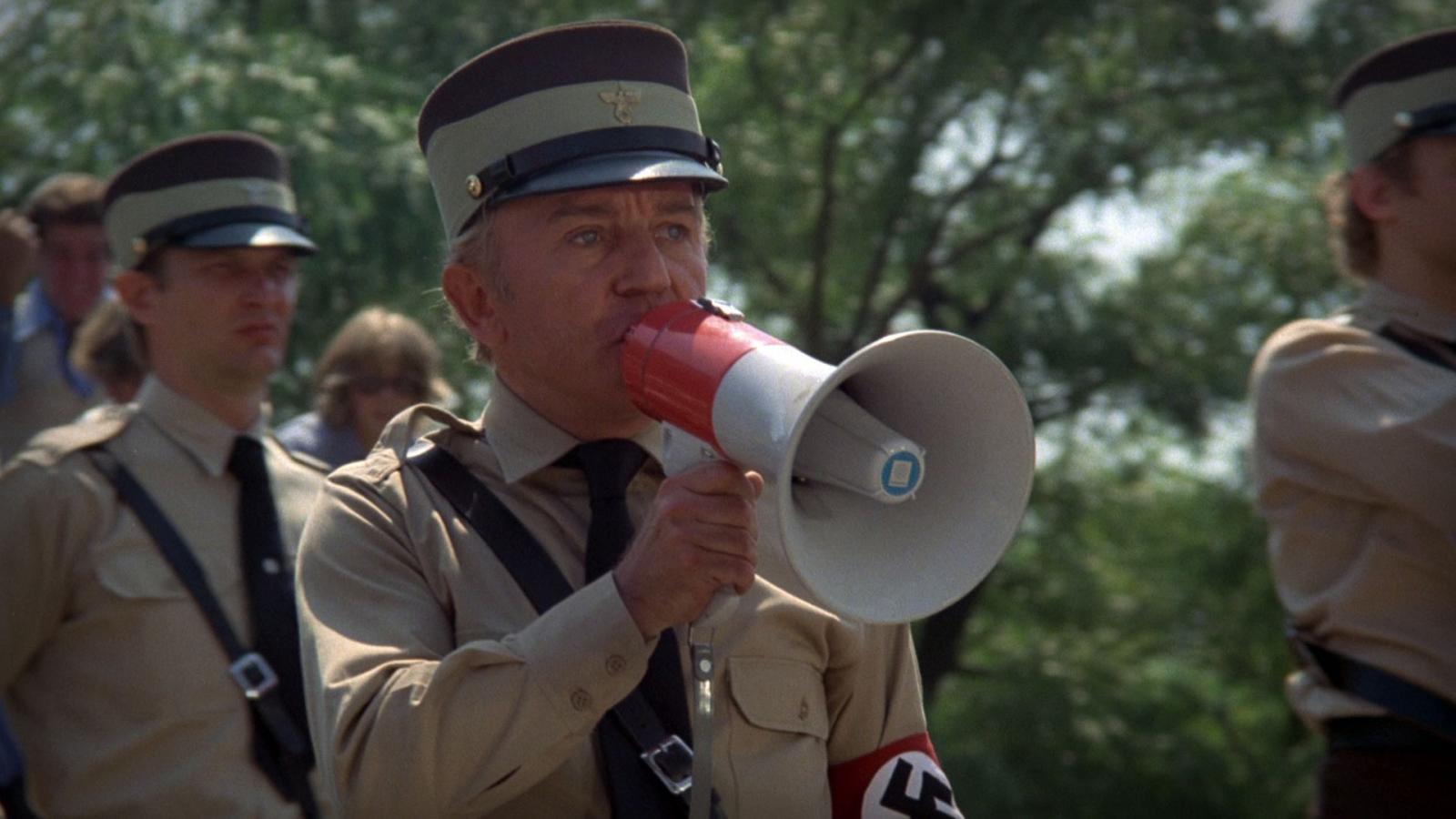The Blues Brothers (1980): 20 Weird Facts You Didn't Know!

It was a musical, a car crash comedy, a gospel revival, and a stunt show all crammed into one film. The Blues Brothers didn't just bend genres—it ran straight through them at full speed.
But behind the music and mayhem was a production that nearly came apart more than once. The script was a mess. The budget spiraled. One actor disappeared into the city mid-shoot. And somehow, it all worked.
Here are 20 behind-the-scenes facts about how The Blues Brothers was written on tour buses, filmed on chaos, and held together by sheer momentum.
1. Dan Aykroyd Wrote the Script on the Road
There was no writer's room. No final draft. Aykroyd developed the film while touring with the band—scribbling dialogue backstage, in hotel rooms, and between shows. The energy came from the music scene, not the studio system. The result was messy, massive, and driven more by instinct than structure.
2. The First Draft Was 324 Pages Long
What Aykroyd turned in wasn't a screenplay—it was a brick. 324 pages, single-spaced, typed on yellow paper, with no standard formatting. Executives at Universal passed it around as a joke. But buried in that block text was the outline of a film no one else could have imagined: car chases, gospel choirs, and a mission from God.
3. John Belushi Would Disappear Mid-Shoot
During production, Belushi would vanish from set with no warning. Locals in Chicago knew where to find him. Bartenders and hotel staff would quietly call the crew to say, "He's here, he's fine, he'll be back." It wasn't ideal, but it became part of the film's rhythm. Chicago embraced him. The city itself helped bring him back every time.
4. The Film Set a Record for Most Cars Destroyed

No movie had ever wrecked this many vehicles. Over 100 cars were demolished, including a 60-vehicle pileup staged like a domino collapse. Studio executives panicked. The director, John Landis, didn't. The total number—103 cars—became a point of pride.
5. Carrie Fisher's Character Was Deliberately Unexplained
She shows up with weapons, says almost nothing, and tries to kill the lead characters multiple times. The script gave her no backstory. That was intentional. Landis and Aykroyd wanted her to feel like a force of nature—less a person than a living consequence. She played it straight, which only made it more surreal.
6. Ray Charles Insisted on Playing Live
The plan was to have him mime to playback. Charles refused. Every note in the scene was played live on set. He didn't rehearse. He didn't follow a locked tempo. The crew adapted to him. What made it into the film wasn't polished—it was electric.
7. Belushi Crashed Through a Window for Real
One physical gag was supposed to end with Belushi slipping. Instead, he dove through a storefront window. It wasn't planned. He stood up, dusted off, and asked what was for lunch. The take stayed in.
8. Aretha Franklin Couldn't Lip Sync

Her diner scene performance was nearly impossible to sync. She sang with slight variations each time—different phrasing, different energy. The crew tried to match her. Eventually, they gave up and let her lead. It wasn't technically perfect, but it was completely real.
9. The Mall Chase Was Filmed in a Real Abandoned Shopping Center
The Dixie Square Mall in Harvey, Illinois had been closed for two years. It was still mostly intact. So the crew drove through it—literally. The damage was real. Promises to clean it up were vague. For years, the wreckage sat untouched.
10. Aykroyd Proposed to Carrie Fisher After the Heimlich
During dinner, Fisher started choking. Aykroyd gave her the Heimlich, saved her life, and then immediately proposed with a steak in one hand. They were briefly engaged. Fisher later said the only thing they had in common was drugs and strange timing.
11. The Bluesmobile Jump Was Done for Real
No camera tricks. No models. The team launched the car off a ramp and sent it flying over 100 feet. The front axle cracked on landing, but the shot was clean. There was no backup plan.
12. The Final Chase Lost Its Police Escort
The production had permits, mapped routes, and city support. During the final chase, they lost their police escort. For part of the sequence, they were driving at high speed through real downtown traffic. No CGI. No lockdown. No second take.
13. Cab Calloway Refused to Modernize "Minnie the Moocher"
Producers wanted a disco remix. Calloway said no. He performed it as written, with a full orchestra and no trend-chasing updates. It became one of the most striking scenes in the film—slow, elegant, and defiantly out of step with the era.
14. Belushi Refused to Rehearse the Dance Scenes

He believed Jake Blues wouldn't rehearse—so neither would he. He skipped choreography sessions and improvised his movements during filming. Some takes were clumsy. Some were perfect. All of it felt true to the character.
15. John Candy Improvised the "Orange Whip" Line
It wasn't in the script. Candy dropped it in between takes and the director left it in. It became one of the film's most quoted lines. Candy didn't need big moments—his timing did all the work.
16. Belushi Injured His Knee During Filming
He never made it public, but wardrobe noticed. He wore hidden padding, adjusted his walk, and never asked for the schedule to change. He played through it quietly—out of commitment, not ego.
17. The Illinois Nazis Scene Triggered Real Threats

The scene was meant to mock hate groups, but word spread. Real groups issued threats. Letters arrived. Calls were made. Landis refused to cut the scene. Universal supported him. The bridge stunt stayed in.
18. James Brown Performed His Song Live—Every Time
He refused to sing to playback. Every take was live. Every take was different. The crew struggled to keep up, but no one asked him to stop. When James Brown starts preaching through music, you don't edit it. You capture it.
19. The Studio Considered It Unreleasable
Universal executives panicked after seeing the early cuts. The tone was inconsistent. The genre was unclear. The comedy didn't follow a formula. "Unreleasable" and "disaster" were used internally. Landis and Aykroyd pushed back. They won. And audiences got something they'd never seen before.
20. A Major L.A. Theater Refused to Show It
Ted Mann's Westwood theater declined to screen the film, claiming "Black audiences don't come to Westwood." Universal didn't challenge him. The film opened elsewhere—and succeeded anyway. But the rejection left a mark. It was a reminder that even when the cast was integrated, the industry wasn't.